The Department of Justice (DOJ) has been increasingly vocal about its concerns regarding traditional real estate commission structures. These concerns center around the potential for anti-competitive practices and conflicts of interest that can harm consumers. In response to these concerns, innovative models like the Inverse Commission™ are emerging, offering a refreshing alternative that prioritizes transparency and client advocacy.
What is the Inverse Commission?
Inverse Commission is a revolutionary compensation model that aligns the incentives of buyer agents and brokers (NEGOTIATORS®) with the interests of home buyers. In this model, agents earn more when they negotiate a lower price for their clients. This is in stark contrast to the traditional commission structure, where agents earn a percentage of the sale price, regardless of whether the buyer could have gotten a better deal.
Why is Inverse Commission™ De-coupled from Seller Agency’s compensation by its Nature?
The Inverse Commission™ model is inherently decoupled because it breaks the traditional link between the buyer’s agent’s compensation and the seller’s interests. Here’s how:
- Buyer’s Agent Compensation Is Negotiated Separately and only with the buyer: In the Inverse Commission™ model, the buyer’s agent’s compensation is not determined or paid by the listing agent or seller. Instead, it is a separate negotiation between the buyer and their agent, ensuring that the compensation is aligned with the buyer’s goals rather than the seller’s incentives. This separation decouples the buyer agent’s earnings from the seller’s influence or the listing agent’s control. In this model, WHETHER SELLRES OFFER OR DISCLOSE AN OFFER OF COMPENSATION OR NOT for buyer agents the NEGOTIATOR’s® prepares an offer on behalf of the buyer and seller will decide about it afterward. This essentially removes the need of such compensation preset in full on and off the MLS completely.
- Performance-Based Structure Aligns with Buyer Outcomes: The Inverse Commission™ model ties the buyer’s agent’s compensation to their performance in securing savings for the buyer (e.g., a lower purchase price, seller concessions, or negotiated credits). This makes the compensation entirely dependent on the results delivered for the buyer, rather than on simply closing a deal or the property’s sale price. By rewarding results for the buyer rather than a percentage of the sale price, the model is structurally decoupled from traditional sale-based commission systems.
Key Characteristics of Inverse Commission™ that Reinforce Decoupling:
- Separate Calculation: Unlike traditional commissions calculated as a percentage of the sale price, Inverse Commission™ is determined independently at the final stage. It’s based on the difference between the Highest Estimated Value (HEV) and the final price, making it distinct from the sale itself.
- Performance-Based instead of Sale-Based: Inverse Commission™ isn’t tied to a percentage on total price of the property or predetermined amount. It’s directly linked to the NEGOTIATOR®’s performance in securing savings for the buyer. This performance-based aspect separates it from the traditional model where commission is simply a percentage of the sale, regardless of the agent’s effort or results.
- Buyer-Centric Focus: Traditional commissions inherently link the agent’s earnings to the seller’s proceeds, creating a potential conflict of interest. Inverse Commission™ shifts the focus entirely to the buyer’s side. The NEGOTIATOR®’s incentive is to achieve the lowest possible price, decoupling their compensation from the seller’s interests and aligning it solely with the buyer’s goals.
- Promoting Competition over Cooperation: Unlike the traditional model where buyer’s and seller’s agents may be incentivized to cooperate for a sale-centric approach and have no conflict of interest with each other, Inverse Commission fosters competition. It positions the seller’s agent and the NEGOTIATOR® as opposing forces in the negotiation, each with distinct objectives. The seller’s agent aims for the highest price, while the NEGOTIATOR® seeks the lowest, creating a natural adversarial dynamic. This reduces the potential for collusion, as their compensation is inversely related – the NEGOTIATOR®, like buyer, benefits from a lower price, while the seller’s agent benefits from a higher one like seller. This inherent and healthy conflict of interest of agents on each side safeguards consumers against practices that could harm the buyer and seller being in conflict of interest with their own agents, ensuring a more competitive and transparent negotiation process.
Addressing DOJ Concerns
The Inverse Commission™ model directly addresses the DOJ’s concerns about undue influence in traditional compensation models. By decoupling the buyer’s agent’s compensation from the seller’s interests, this model promotes transparency, fosters competition, and ensures that buyers are represented by agents who are truly incentivized to secure the best possible deals on their behalf.
The Future of Buyer Agency
The Inverse Commission™ model represents a significant step towards a more equitable and transparent real estate industry. By prioritizing the buyer’s interests and aligning incentives with their goals, this innovative compensation structure has the potential to revolutionize how real estate agents are compensated and how buyers are represented in the market.

